In the world of wildlife, where the most fearsome creatures often steal the spotlight, there exists an undercurrent of unexpected predators that quietly wield killer instincts. These unassuming animals blend into their surroundings, often mistaken for harmless beings, only to reveal their ruthless side when least expected. Let’s delve into 12 such creatures, where nature’s artistry and evolutionary prowess come together in the most surprising ways.
1. The Deceptive Dolphin
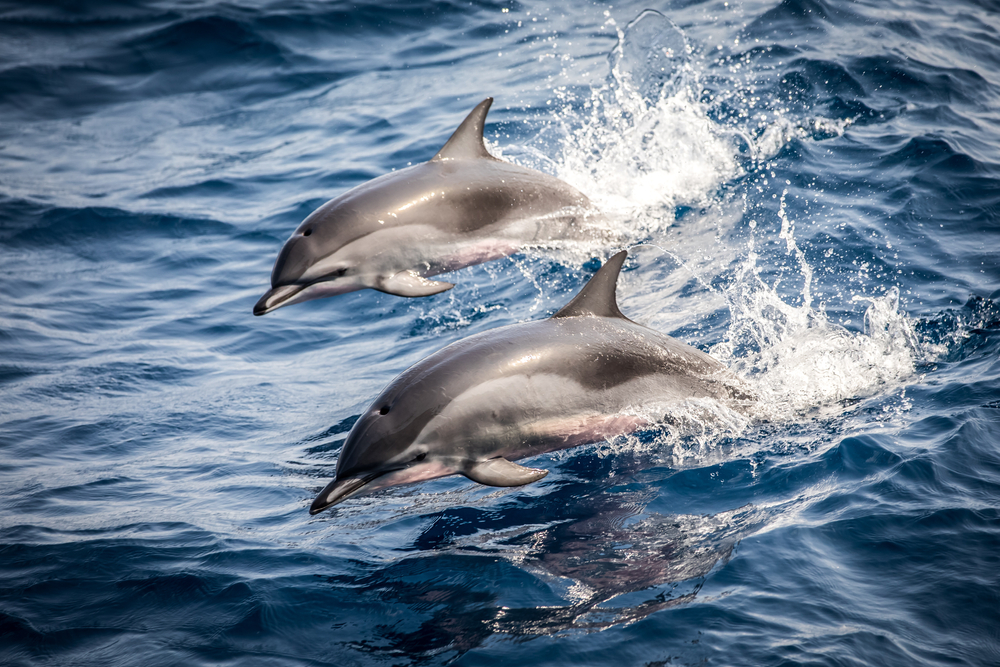
Charming and intelligent, dolphins have long been admired for their acrobatics and playful demeanor. However, beneath this friendly facade lies a predator of remarkable acumen. According to ScienceDaily, dolphins employ sophisticated hunting techniques, often working together in pods to outsmart their prey. They are known to use tools, such as sponges, to protect their snouts while foraging on the seabed.
Dolphins are opportunistic hunters who can swiftly shift from playful to predatory when the situation demands. A formidable force in the oceanic food chain, they are capable of taking down agile fish and even sharks. This duality of character makes them fascinating subjects of study, as their interactions reveal a complex social structure. The deceptive dolphin is a testament to nature’s ability to camouflage lethal capabilities in gentle guises.
2. The Innocuous-Looking Domestic Cat

At first glance, the domestic cat, sitting benignly in our living rooms, seems far removed from its wild ancestors. Yet, lurking beneath the purring exterior is a miniature predator that shares more in common with its big cat cousins than we might think. Domestic cats are adept hunters, capable of stalking and capturing small prey with stealth and precision. Their hunting prowess is not just a vestige of evolution but is actively displayed in their play behavior.
Cats possess a keen sense of hearing and sight, making them highly effective nocturnal hunters. This intrinsic drive to hunt, even when their needs are met, reflects an intricate biological imperative. According to Science.org, hunting is hard-wired into cats’ brains, and play or a meat-rich diet can help reduce their predatory behaviors. The domestic cat’s killer instinct is a reminder of the wild echoes that persist in our tame and urbanized environments.
3. The Cunning Cuttlefish

While the cuttlefish might be known for its mesmerizing color-changing abilities, it is also a masterful hunter in the ocean depths. These cephalopods possess an impressive array of strategies to capture prey, using both camouflage and a sophisticated neural network to ambush their targets. According to IFLScience, cuttlefish employ a tactic known as “passing stripe,” where they create undulating patterns on their skin to distract and confuse their prey.
Cuttlefish are strategic in their approach, often observing before making their move, ensuring a successful catch. Their intelligence rivals that of the most astute predators, and they can adapt their hunting methods to suit different environments or prey types. This combination of visual deception and tactical prowess positions the cuttlefish as a surprising contender in the realm of deadly sea creatures. The cunning cuttlefish exemplifies the intricate dance of survival that pervades the underwater world.
4. The Underestimated Honey Badger
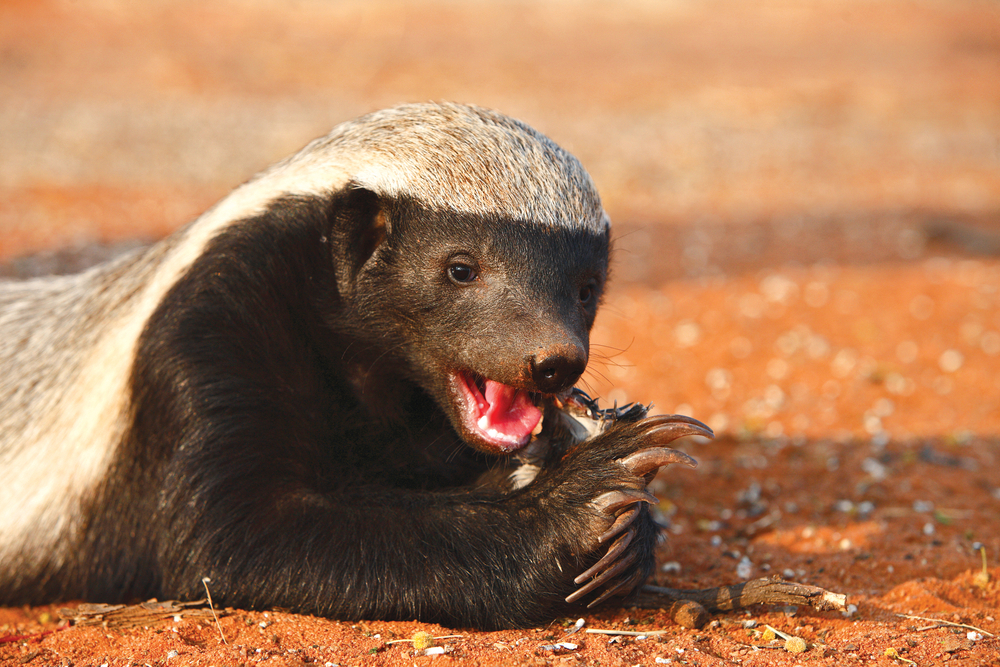
The honey badger, often admired for its tenacity and fearlessness, is a creature whose reputation precedes it. While not typically considered a top predator, its viciousness in confrontations has earned it a fierce reputation. Known to take on animals much larger than itself, the honey badger’s killer instinct is driven by a remarkable combination of strength, speed, and sheer willpower.
This creature’s fearlessness extends to raiding bees’ nests, undeterred by their stings, and even challenging venomous snakes. According to Discover Wildlife, honey badgers are known for their immunity to venom and their ability to fend off predators with their loose skin and aggressive tactics. Its relentless nature and adaptability enable it to survive in harsh environments where other predators might falter. The honey badger is a testament to the power of relentless determination and adaptability in the animal kingdom.
5. The Surprising Swans
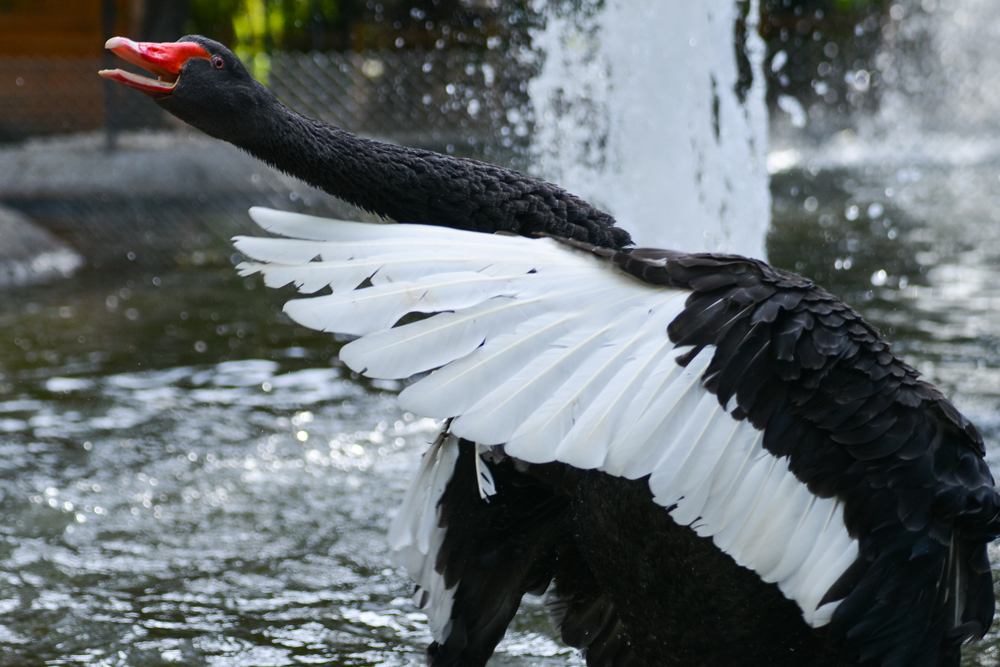
Graceful and serene, swans are the epitome of elegance on the water, yet they are not to be underestimated. Beneath their elegant exterior, swans are fiercely territorial and can exhibit aggressive behaviors to defend their nests. Known for their powerful wings and swift movements, swans have been known to fend off potential threats with surprising force.
Their protective nature is especially prominent during breeding season when they guard their young with a vigilance akin to that of the most protective animals. Swans use a combination of visual displays and vocalizations to ward off intruders, showcasing a multifaceted approach to territorial defense. This unexpected ferocity is part of what makes swans such intriguing creatures. Their ability to seamlessly shift from serene to aggressive illustrates the complex dynamics of animal behavior.
6. The Sly Starling

Starlings, often dismissed as common garden birds, possess a remarkable cunning when it comes to food acquisition. These birds are highly social and work together to outcompete other species for resources. Known for their murmurations, starlings display incredible coordination and communication skills, which are also evident in their hunting strategies.
They are adept at adapting to different environments, using their intelligence to exploit new food sources. This adaptability is paired with a competitive nature that sees them displace other birds from feeding sites. Starlings’ aggressive pursuit of food and territory makes them formidable opponents in the avian world. Their tactics reveal a calculated and collective approach to survival, challenging preconceived notions of avian simplicity.
7. The Crafty Coyote

Coyotes are often seen as the tricksters of the animal world, renowned for their adaptability and cunning. Living on the fringes of human environments, they have learned to navigate urban landscapes with ease. Coyotes employ a diverse range of hunting techniques, from solitary stalking to cooperative pack hunts, making them highly versatile predators.
Despite their often-maligned reputation, coyotes play a crucial role in maintaining ecological balance by controlling prey populations. Their intelligence and resourcefulness allow them to exploit a variety of food sources, from small mammals to discarded human food. This ability to thrive in diverse settings underscores the coyote’s status as a master of survival. The crafty coyote exemplifies the resilience and adaptability required to endure in a rapidly changing world.
8. The Ferocious Frog
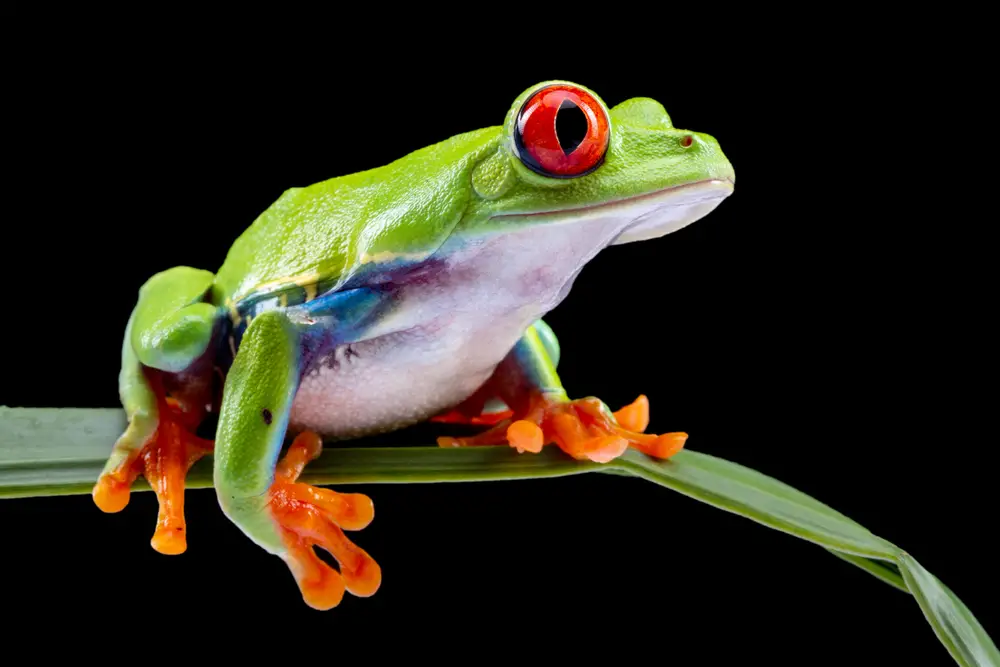
Frogs might not immediately spring to mind when considering predators, yet certain species exhibit surprisingly aggressive hunting behaviors. The horned frog, for example, uses its powerful jaws to capture and consume prey almost as large as itself. These amphibians rely on an ambush strategy, remaining still and camouflaged until the perfect moment to strike.
Their diet is not limited to insects; some frogs will consume small mammals and birds, showcasing a broader predatory range than typically associated with amphibians. This opportunistic feeding behavior highlights their adaptability and fierce survival instincts. Frogs’ potent predatory skills are a reminder of the diverse and unexpected strategies employed by animals in the wild. Their ability to blend into their environment before unleashing their inner predator is a testament to nature’s ingenuity.
9. The Menacing Mantis Shrimp
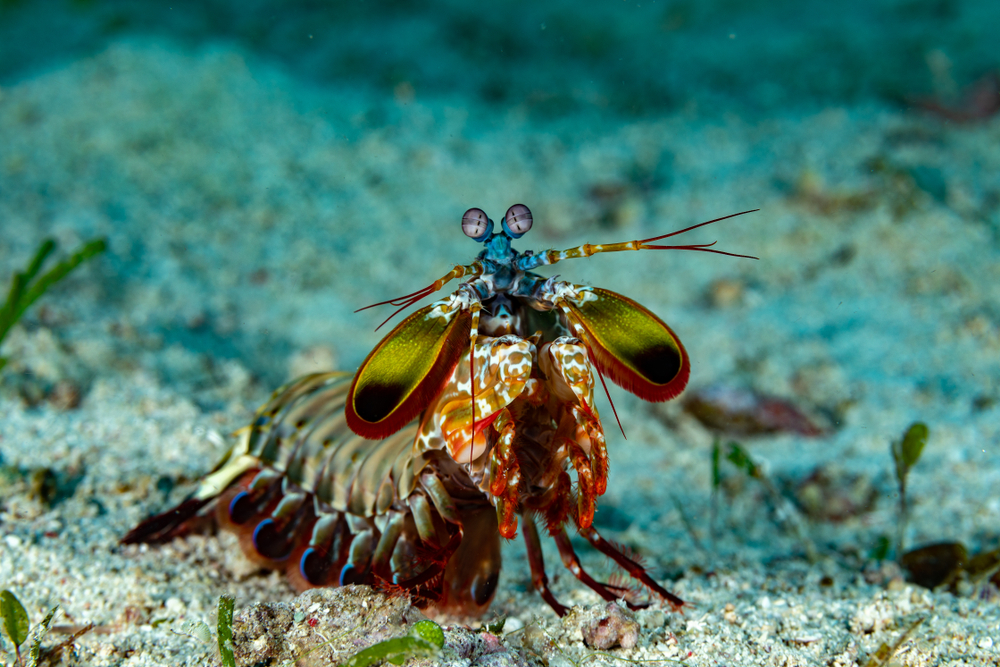
The mantis shrimp is a marine marvel, possessing one of the most powerful punches in the animal kingdom. Its striking appendages can accelerate faster than a bullet from a gun, used to incapacitate prey with a single, swift blow. This formidable weaponry is complemented by the mantis shrimp’s exceptional eyesight, which allows it to detect prey with incredible precision.
Not only is the mantis shrimp a fearsome hunter, but it also exhibits complex social behaviors, using its powerful claws for communication and defense. Its vibrant coloration and intricate behaviors make it a subject of fascination in marine biology. The mantis shrimp’s lethal capabilities highlight the unexpected ferocity of some of the ocean’s smallest inhabitants. In the mantis shrimp, nature demonstrates that power and precision can come in even the smallest of packages.
10. The Formidable Falcon
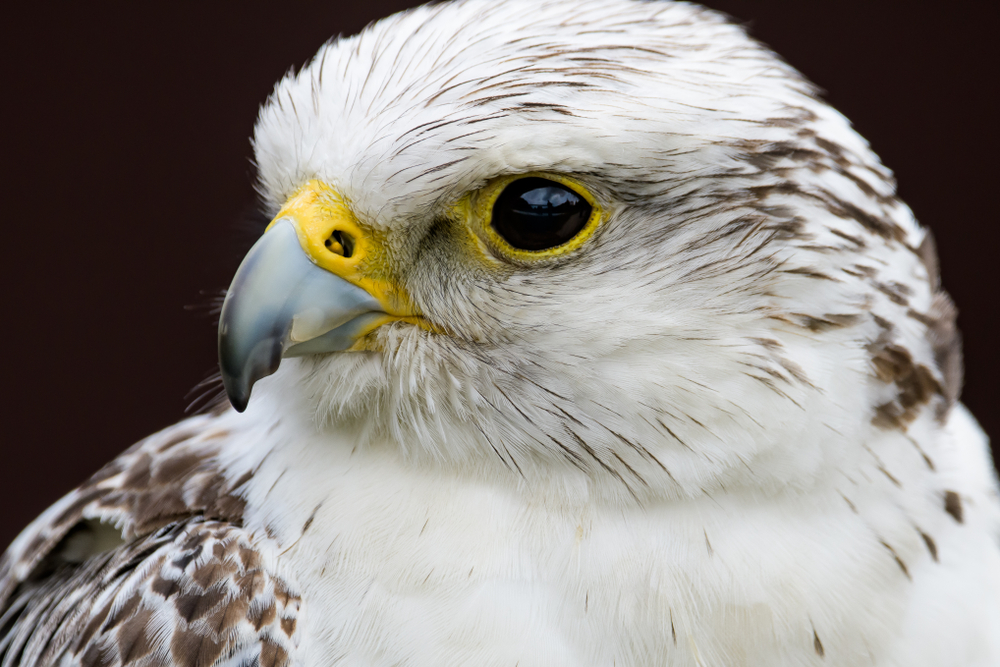
Falcons are revered for their incredible speed and precision in the air, making them some of the most efficient avian predators. The peregrine falcon, in particular, is renowned for its breathtaking hunting dives, reaching speeds of over 200 miles per hour. This avian acrobat uses its keen vision to spot prey from great distances, executing its attacks with unparalleled swiftness.
Falcons’ powerful talons and sharp beaks make them formidable hunters, capable of taking down birds mid-flight. Their aerial prowess is matched by their strategic hunting techniques, which often involve complex maneuvers to outwit and catch their prey. Falcons’ mastery of the skies underscores their status as apex aerial predators. Their elegance in flight belies a fierce predatory instinct that makes them both admired and feared in the animal world.
11. The Determined Dingo
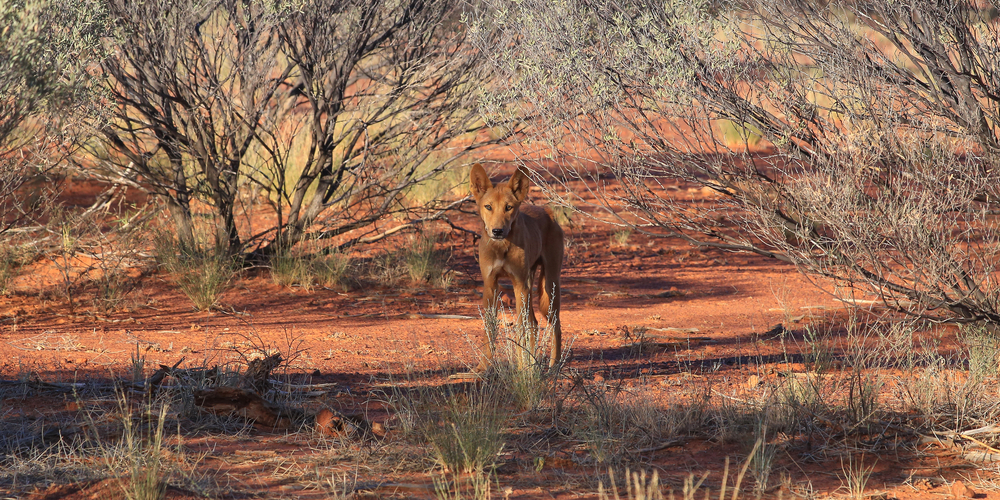
Dingoes, wild dogs native to Australia, are skilled hunters known for their persistence and adaptability. Operating in packs, they use coordinated strategies to take down prey much larger than themselves. Dingoes exhibit a keen understanding of their environment, which they exploit to outmaneuver their quarry.
These canines are highly adaptable, capable of thriving in a range of habitats from deserts to forests. Their social structure and cooperative behavior enhance their hunting success, allowing them to take on a variety of prey. The dingo’s hunting acumen is a remarkable example of teamwork and intelligence in the animal kingdom. Their ability to adjust to changing environments and prey availability highlights their role as versatile and effective hunters.
12. The Mighty Mongoose
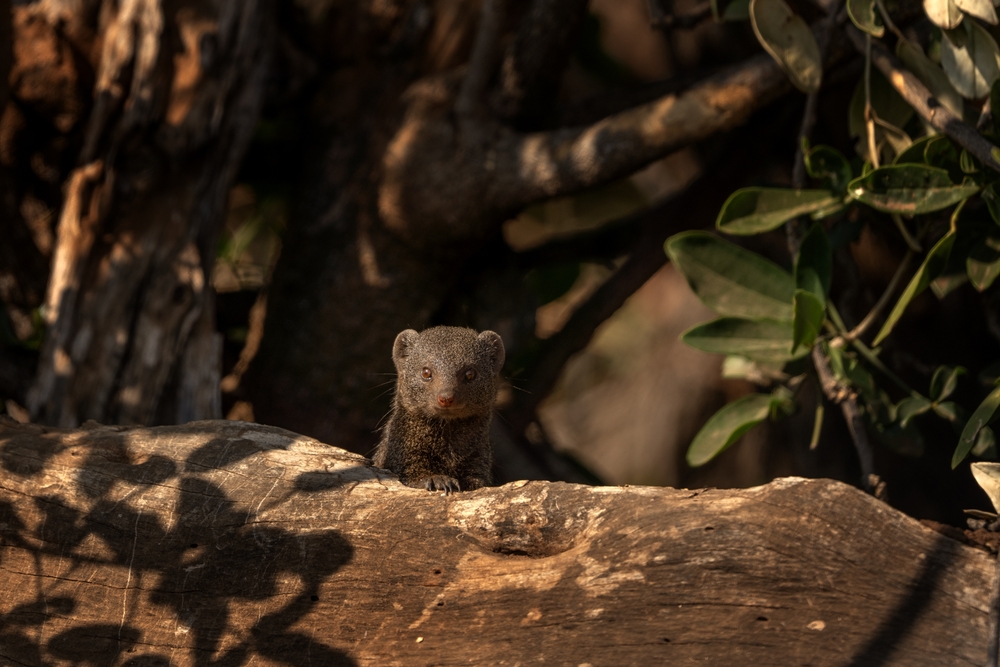
Mongooses are small mammals that pack a powerful punch when it comes to predation. Renowned for their ability to take on venomous snakes, mongoose species are equipped with lightning-fast reflexes and a resistance to snake venom. Their diet is diverse, ranging from insects to small mammals, reflecting their opportunistic nature.
These agile hunters exhibit boldness and bravery, often attacking prey much larger than themselves. Mongooses’ social structures and cooperative behaviors, such as group hunting, enhance their survival strategies. Their fearless nature and adaptability make them emblematic of the unexpected power that lies within smaller creatures. The mongoose showcases the intricate dance of predator and prey, where cunning and courage are the keys to survival in the wild.
